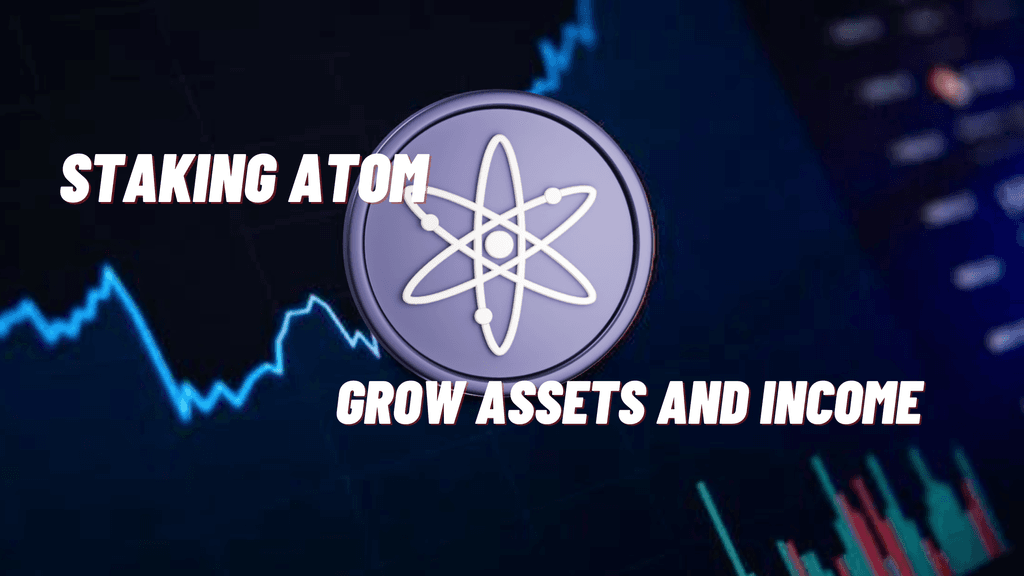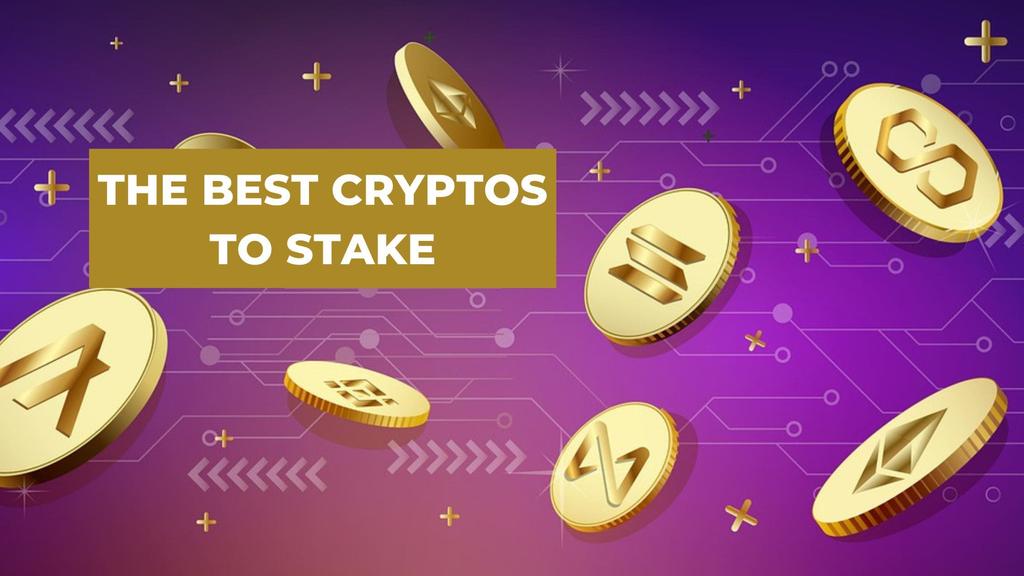Definition and Purpose
Staking in the context of web3 specifically involves participants locking up a native asset to support a blockchain network’s operations, such as transaction validation and network security. It can also be used more colloquially to refer to any situation where a users opts to lock up their tokens for at least some minimum period of time. This mechanism is central to Proof of Stake (PoS) blockchains. Unlike Proof of Work (PoW) systems that require substantial computational power, PoS relies on participants staking their assets as collateral to validate transactions and create new blocks.
Proof of Stake (PoS) Mechanism
Proof of Stake is a consensus mechanism that enhances network security and efficiency. In PoS blockchains like Ethereum, validators are chosen to validate transactions based on the number of tokens they stake. These validators must lock up a specific amount of cryptocurrency, such as 32 ETH for Ethereum, to earn the right to validate transactions and receive rewards. If validators act maliciously or fail to maintain their nodes, they risk losing their staked tokens, a process known as slashing.
Staking Rewards
Participants who stake their tokens are rewarded with additional cryptocurrency. The rewards are typically a percentage of the staked amount and can vary depending on the blockchain network. These rewards incentivize participants to lock up their tokens and contribute to network security and operations.
Liquid Staking
Liquid staking is a variation that allows stakers to unlock the value of their staked assets. Through liquid staking, participants receive a token representing their staked assets, which can be used as collateral in various DeFi protocols. This approach provides liquidity to staked assets, enabling users to earn additional yields without having their tokens locked up.
Staking vs. Bonding
While staking specifically refers to locking up the native cryptocurrency of a PoS blockchain for network security, bonding is a broader term used for locking tokens for various other purposes. For instance, in DeFi protocols, tokens may be bonded to participate in governance or liquidity pools. Despite the technical distinction, “staking” is commonly used to describe both staking and bonding activities within the web3 ecosystem.
Validators and Delegators
Staking involves two primary roles: validators and delegators. Validators run nodes, validate transactions, and create new blocks. They must have the technical proficiency and resources to maintain their nodes. Delegators, on the other hand, stake their tokens with validators, who then perform the technical tasks. Delegators receive a portion of the staking rewards based on their stake. This system allows more participants to benefit from staking without needing to run a full node.
Risks and Considerations
Staking comes with certain risks, including the possibility of slashing if a validator acts against network rules. There is also the risk of reduced liquidity, as staked tokens are typically locked up for a specific period. Liquid staking mitigates some liquidity issues but introduces risks associated with smart contract vulnerabilities and market volatility of the liquid staking tokens.
Staking in web3 is a crucial mechanism for maintaining blockchain security and efficiency, offering rewards to participants while presenting certain risks and challenges. Understanding the distinctions between staking and bonding, as well as the roles of validators and delegators, is essential for anyone looking to participate in or benefit from staking within the web3 ecosystem.








